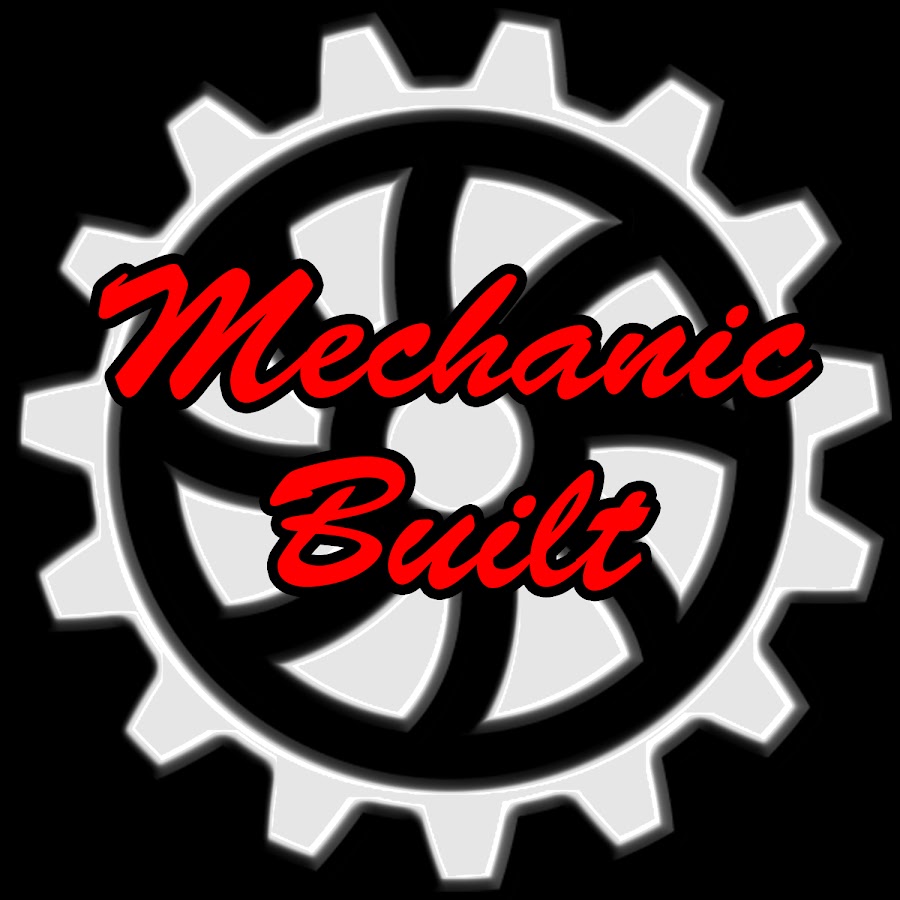
If you’re an Australian off-road enthusiast, you’ll likely be familiar with the harsh conditions of the Outback. Temperatures soar above 40 degrees Celsius in summer, and the dust can be so thick it’s like driving through a war zone. To help you tackle the unforgiving terrain, a clever outback mechanic built a coolant system from Esky tubing.
The challenge of the Outback is undeniable, and the mechanical failures that occur are numerous. A broken-down vehicle in the middle of nowhere can be disastrous. However, thanks to innovative solutions developed by outback mechanics, you can drive with confidence. One such ingenious solution is a homemade coolant system for cars built from Esky tubing.
Background: The Problem of Breakdowns
Breakdowns can be stressful, and when you’re miles away from a town, the risk of severe heat or physical harm is high. Most off-road enthusiasts understand that prevention is the key. Vehicle maintenance is therefore paramount to keep your pride and joy running safely and efficiently.
Heat damage, particularly to radiators and cylinder heads, is one of the main causes of breakdowns on long trips. As the temperature rises, vehicle components can crack or fail. With temperatures exceeding 45 degrees Celsius on the Outback, you need to take action to avoid a breakdown.
The Esky Tubing Solution
A resourceful outback mechanic from Western Australia came up with an innovative idea to help prevent overheating and extend vehicle life. By using tubing from an old Esky ice box, he crafted a makeshift coolant system that’s efficient and effective.
The tubing used was made of flexible plastic. It’s lightweight yet robust. This is crucial for off-road use, as vehicles may be subjected to rough driving conditions, debris, and extreme temperatures.
The Benefits of Esky Tubing in Vehicle Coolant System
Using an Esky ice box for the coolant system presents several benefits for off-road enthusiasts. These include:
-
Cost-effective alternative: Repurposing Esky tubing reduces vehicle maintenance costs. It eliminates the need for expensive commercial tubing and makes the task of cooling the engine manageable.
-
High-temperature resistance: Since Esys ice boxes are designed to keep ice for long periods in scorching hot temperatures, the tubing is built to withstand the harsh heat conditions found on the Australian Outback.
-
Lightweight and easy to handle: Esky tubing is made of lightweight plastic materials. It’s easier to transport and install on your vehicle compared to commercial coolant system components.
-
Adaptability: By repurposing the tubing, you can customize the system according to your needs, making it a versatile solution for various vehicles.
The DIY Process of Building a Coolant System
With creativity and resourcefulness, individuals can create their own Esky-based coolant system for vehicles in the Outback. Here’s a simplified outline of the basic DIY process to get you started:
Materials
To build a coolant system using Esky tubing, you will need:
- Old Esky tubing with the necessary dimensions to accommodate the coolant flow.
- 1-inch hose fittings and adapters to connect and join tubing sections securely.
- A high-temperature hose to connect from the water pump to the engine block.
- A radiator cap that matches the Esky tubing diameter.
- Copper or silicone radiator hose (if required).
- Hose clamps and seals.
Installation Instructions
Precautions: Before starting the project, always disconnect the battery to avoid any accidental start-ups.
1. Plan Your Layout
Plan the coolant system layout before cutting or starting any work. Take note of your vehicle’s specifications, cooling requirements, and any design constraints.
2. Inspect and Clean Esky Tubing
Examine the Esky tubing for cleanliness and flexibility. Clean the tubing thoroughly to prevent blockages.
3. Connect the Hose Fittings
Cut the Esky tubing and install hose fittings or adapters according to the required dimensions and coolant flow specifications. The goal is to maximize efficiency within limited space.
4. Assemble the System
Combine all the tubing sections to create the desired system, taking care to secure all connections with the recommended hose clamps.
5. Test the System
Run the vehicle and test the coolant system in the lowest gear possible, taking note of temperatures and coolant flow levels.
6. Adjust and Refine the System
If required, make adjustments to optimize performance, flow, and overall efficiency of the system.
Safety Considerations:
- Be aware of the tubing material, pressure, and flow limitations.
- Regularly inspect the system for signs of wear and leakage.
- Always handle the high-temperature hoses with care and proper PPE (Personal Protective Equipment).
- Keep the system away from sparks and fire hazards.
- Monitor engine temperatures closely while operating your vehicle.
Conclusion
The outback mechanic’s innovative solution using Esky tubing for a coolant system has opened doors for enthusiasts to upgrade and enhance their vehicle’s performance under the harsh conditions of the Australian Outback. With proper planning, execution, and maintenance, this DIY project can provide efficient results and improve your driving experience off-road.
By being resourceful and using recycled materials like Esky tubing, outback mechanics can offer more cost-effective solutions for vehicle maintenance, especially for off-road enthusiasts. This DIY project encourages resourcefulness and highlights the benefits of repurposing items found within your daily environment.
To sum it up, building a coolant system from Esky tubing may seem unconventional, but it showcases outback ingenuity and the power of creative thinking. With the right materials, tools, and knowledge, you can tackle even the most complex challenges that come your way and keep your vehicle running safely in the Outback heat.
